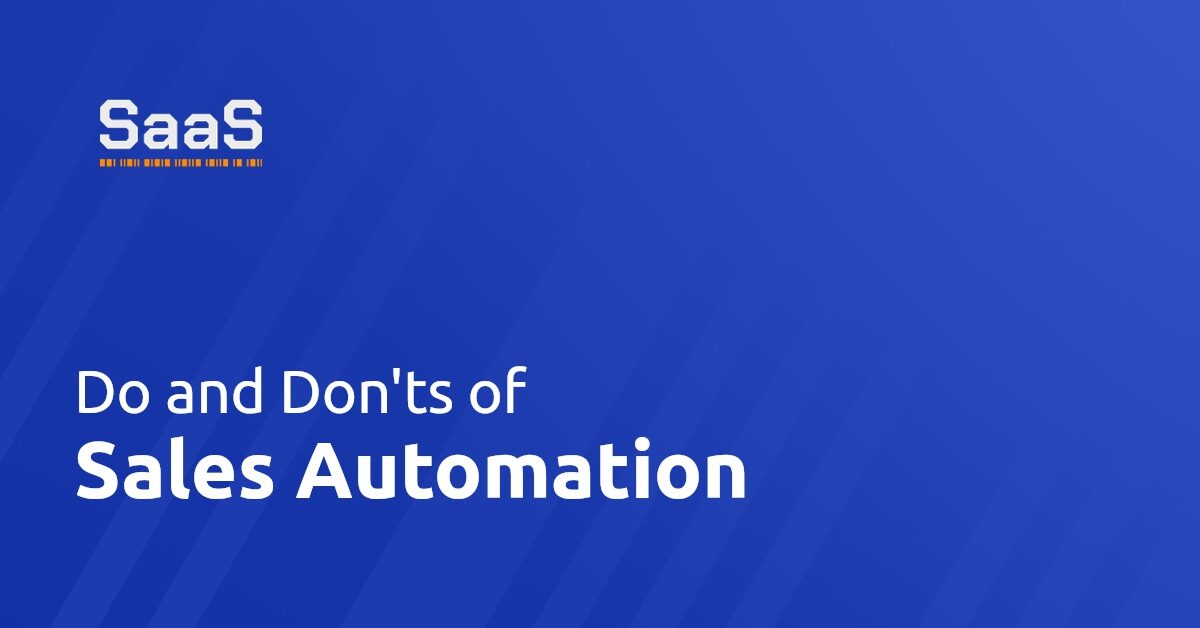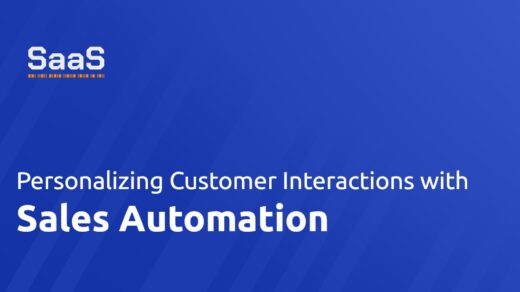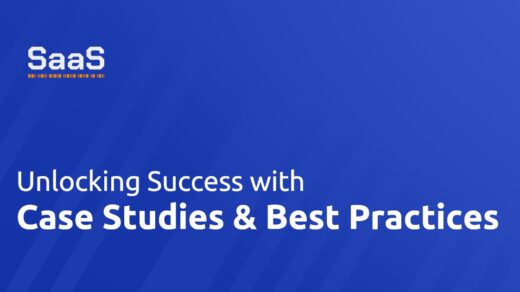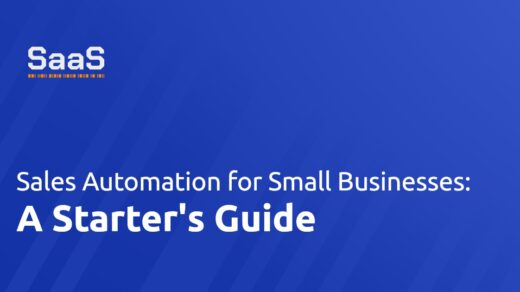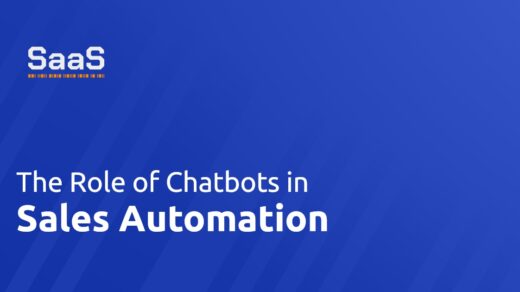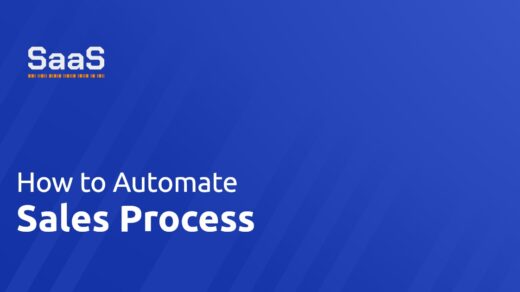Sales automation has become a vital component of modern marketing and sales workflows. Running a business entails various tasks that require a large team to handle efficiently. This poses a challenge for small businesses operating in competitive markets. However, apps like Callingly (a shameless plug) have made the sales process easier for sales teams. The idea is simple: automating routine tasks can free up your employees’ time and enable them to focus on activities that contribute directly to your brand’s growth. This is crucial for small businesses looking to thrive in the marketplace.
The Presence of Inaccurate Data:
The top tactic for boosting marketing automation success, according to a 2021 report on marketing automation, is quality data, as per B2B professionals. Dirty data, which refers to inaccurate data, can lead to brands wasting time and money on unreliable information. This may include duplicates, naming inconsistencies, outdated contact details, and incorrect attributions. For example, an uncleaned email list may contain disengaged users, spam addresses, and duplicate emails, which can compromise data integrity. This can result in low engagement rates, damaged IP reputation, high email marketing costs, and lost leads. It’s therefore crucial to have clean data for effective marketing automation, ensuring that your efforts yield worthwhile outcomes.
Selecting an Inappropriate Automation Tool:
Finding the suitable automation tool remains a challenge for many marketers, with almost half (46%) of non-users citing a lack of capabilities as the primary obstacle. Additionally, the state of marketing automation report reveals that a majority of B2B professionals (59%) do not use their automation tools to their full potential. Consequently, marketers not only struggle with selecting appropriate tools but also in using them optimally. The right marketing automation software is crucial to achieve success, with essential features including a user-friendly interface, advanced analytics, customer support, integrations, and scalability.
Set it and forget it:
While marketing automation is often viewed as a hands-free solution, it actually requires substantial attention and effort. However, instead of being focused on output, the emphasis is on performance assessment and optimization, freeing up your attention for other tasks
Misaligned marketing and sales teams :
In order to get the most out of marketing automation, it’s essential to avoid working in isolation. Marketing should be supporting different areas of the business, such as sales and product development. It’s important to engage all relevant stakeholders in the process of developing workflows that align with their respective teams to achieve optimal results. This is particularly crucial for marketing and sales teams, who collaborate closely to convert leads into customers. You may want to implement procedures that benefit your sales team, such as automated emails that are triggered by high-intent behaviors. It’s crucial to work alongside the sales team to define these behaviors and to effectively utilize marketing automation software to free up sales representatives to focus on lead conversion instead of tedious tasks.
Team Training Neglected :
A lack of training is a significant barrier to the successful adoption of marketing automation tools, according to 31% of B2B professionals surveyed in the state of marketing automation report. Insufficient training ranks as the second most common obstacle after a lack of resources. Even though automation tools are powerful, they are useless without the proper know-how to use them. Holding training sessions can help ensure that essential team members understand the tool’s capabilities, are familiar with existing workflows, and can create new processes efficiently.
No targeted Goals :
When using marketing automation software, it’s important to take advantage of its ease of use by first defining your goals and assigning them to specific automated tasks such as social media and email workflows. This will enable you to easily monitor progress and measure success, which is a critical aspect of marketing automation. With the Visual Workflows tool offered by HubSpot, for instance, you can set goals for each automated workflow, such as turning a new lead into a marketing-qualified lead based on certain behaviors like downloading a specific number of content offers. The tool also lets you track the percentage of contacts that achieve each goal, providing a valuable metric to evaluate the effectiveness and ROI of your marketing automation efforts.
Email List Segmentation:
You have a qualified lead database, but your marketing automation sends generic emails that don’t meet their needs, causing them to lose interest. The solution is to create a lead nurturing plan that employs email list segmentation, allowing you to send targeted emails to specific people. With the right marketing automation software, you can easily execute this strategy. For example, HubSpot’s Visual Workflows App allows customers to target their emails based on various demographic and behavioral criteria. To optimize automation and avoid pitfalls, keep these factors in mind to ensure it operates at maximum capacity.

